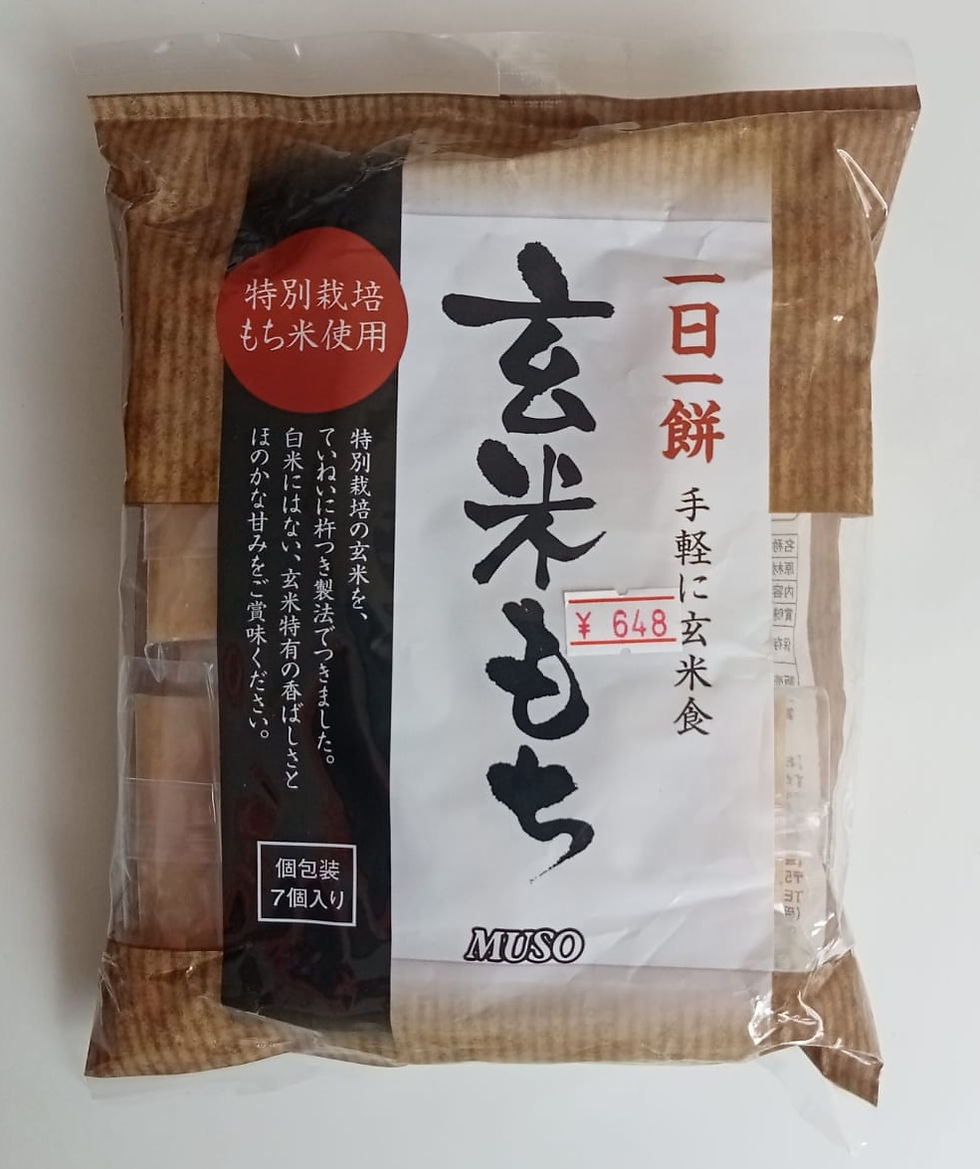Japanese Year-End and New Year Traditions: Discover Japan's Culture and Customs
- Atsuko

- Dec 25, 2024
- 3 min read
Updated: Dec 28, 2024
Are you curious about how Japanese traditions celebrate the transition to a new year?
Japan's year-end and New Year customs are deeply rooted in culture, symbolizing renewal, happiness, and prosperity.
Whether you're planning a trip or simply exploring Japanese culture, this guide reveals timeless traditions and their meanings.
1. Japan's New Year Celebration: A Fresh Start on January 1
Unlike many Asian countries that celebrate the Lunar New Year, Japan marks the calendar New Year on January 1. This change was introduced in 1872 with the adoption of the Gregorian calendar during the Meiji era.
Travel Tip: Avoid visiting Japan between the last week of December and the first week of January. It’s a peak travel period for locals returning to their hometowns. Expect crowded trains, busy airports, and expensive accommodations. Many shops also close on January 1. Famous temples and shrines are packed with visitors during January 1–3, so plan accordingly.

2. Osoji: Year-End Cleaning to Invite Good Fortune
A vital Japanese tradition before New Year is Osoji (大掃除), which means "big cleaning." It prepares homes for Toshigami-sama, the god of happiness and prosperity, believed to visit only clean houses.
This thorough cleaning is more than a chore—it’s a symbolic act of purification, allowing families to welcome the New Year with a fresh, organized space filled with positive energy.
Have you seen this emoji🎍? It's called Kadomatsu (門松) in Japanese. We place it at our gate during the New Year to invite Toshigami-sama.

3. Osechi Ryori: Symbolic New Year Foods

Japanese New Year feasts, called Osechi Ryori (御節料理), are carefully arranged and packed with meaning. Each dish symbolizes blessings for the upcoming year:
Kuromame (黒豆) – Sweet black soybeans for health and diligence.
Tadzukuri (田作り) – Candied sardines symbolizing abundance and a good harvest.
Kinton (金団) – Sweet chestnut and sweet potato mash representing wealth and prosperity.
Kuwai (クワイ) – Arrowhead root symbolizing growth and success.
Yurine (百合根) – Lily bulb for family unity and new beginnings.
Shrimp (海老) – Curved shrimp for longevity and wisdom.
Kobumaki (昆布巻き) – Rolled kelp symbolizing joy and celebration.
These beautifully presented dishes are preserved for several days, reducing the need for cooking and allowing families to relax.
4. Toshikoshi Soba: New Year's Eve Noodles

On December 31, Japanese families eat Toshikoshi Soba (年越しそば)—buckwheat noodles symbolizing longevity and resilience. Their long, thin shape represents a long, healthy life, while soba's easy-to-cut texture signifies leaving hardships behind.
5. Joya no Kane: Temple Bells Ring 108 Times

As midnight approaches, temples across Japan ring their bells 108 times in a tradition called Joya no Kane (除夜の鐘). According to Buddhism, this symbolizes cleansing the 108 worldly desires and negative emotions, allowing people to start the new year with a pure spirit.
You will feel a sense of calmness as you hear bells ringing from afar. It is such a profound moment.
6. Mochi: Sticky Rice Cakes for Strength and Prosperity
Mochi (餅), made from glutinous rice, is a staple of Japanese New Year celebrations. It symbolizes strength, resilience, and prosperity. Families enjoy mochi in soups or grilled as a sweet treat, adding flavor and tradition to their celebrations.

7. Otoshidama: New Year's Gifts for Children
Children in Japan eagerly anticipate Otoshidama (お年玉)—cash gifts from relatives. This fun tradition promotes generosity and adds excitement to the holiday, especially for younger family members.

8. Hatsumode: The First Shrine Visit of the Year

A highlight of Japanese New Year traditions is Hatsumode (初詣), the first visit to a shrine or temple to pray for good fortune. While popular shrines draw massive crowds, smaller local shrines offer a quieter, more intimate experience to connect with Japanese culture.
9. Relaxing During Shogatsu: Time to Recharge
After the hustle and bustle of preparations, Japanese families finally relax during Shogatsu (正月). Watching TV specials, playing traditional games, or simply resting with loved ones makes this time peaceful and restorative.

Experience Japanese Year-End and New Year Traditions
Japanese year-end and New Year traditions blend symbolism, spirituality, and celebration. From cleaning homes to preparing symbolic foods and visiting shrines, these customs reflect gratitude, renewal, and hope for prosperity.
How do you celebrate the New Year in your country? Share your traditions and thoughts in the comments below—we’d love to hear your stories!
Subscribe to Our Free Newsletter and Uncover the Secrets of Lifelong Health and Happiness




Comments